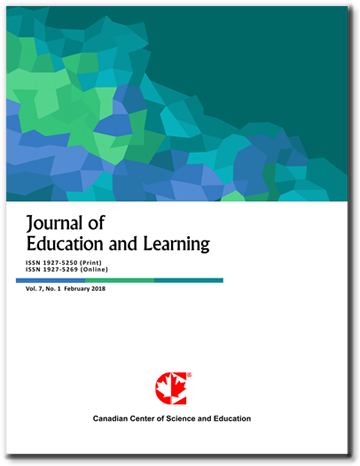Web-Based Constructivist Learning Environment Model to Foster Critical Reading and Reading Literacy within the PISA Framework: Comprehensive Development and Validation
- Phennipha Thongkhotr
- Sumalee Chaijaroen
Abstract
This study aimed to enhance Thai ninth-grade students’ critical reading and reading literacy by implementing a Web-Based Constructivist Learning Environment Model (Web-Based CLEM) aligned with the PISA-based reading literacy framework. Employing a Design and Development approach, the study was conducted in two phases: Phase 1 involved model development through a comprehensive literature review, needs analysis, and theoretical synthesis; Phase 2 focused on model validation, where the Web-Based CLEM was tested with 42 students from Khon Kaen Wittayayon School using pre- and post-tests as well as structured interviews to validate its effectiveness in improving critical reading and PISA-based reading literacy. The study successfully established a comprehensive Web-Based CLEM incorporating eight interactive components namely: Problem Situation, Learning Resources, Intellectual Tools, Learning Exchange Center, Center for Promoting Critical Reading, Center for Promoting Reading Literacy, Help Center, and Advice Center, designed to foster reading comprehension, metacognitive engagement, and literacy skill development. The validation phase of the Web-Based CLEM revealed significant improvement in students’ critical reading skills and reading literacy, with pre- and post-test mean achievement scores increasing from 35.45 to 45.52 (t = 18.46, p < 0.05), and 88.10% of students meeting the 70% passing criterion. Likewise, pre- and post-test scores for critical reading and reading literacy rose from x̅ = 21.12, 8.74 to x̅ = 34.93, 10.40, demonstrating substantial gains in both skills. Additionally, the coefficient of determination (r²) was 0.426, suggesting that approximately 42.6% of the variance in achievement scores can be explained by students’ reading literacy levels, with both variables moving in the same direction. Furthermore, students’ perception of the effectiveness of the Web-Based CLEM in terms of content, media, and design revealed valuable insights into how they engaged with and applied critical reading strategies within the digital learning environment. This study extends the literature on constructivist learning and digital literacy by providing empirical evidence on the effectiveness of Web-Based CLEM in fostering critical reading skills in secondary education. The findings contribute to ongoing discussions on innovative pedagogical models that prepare students for complex literacy demands in an increasingly digital world.
- Full Text:
 PDF
PDF
- DOI:10.5539/jel.v15n1p428
Journal Metrics
Google-based Impact Factor (2021): 1.93
h-index (July 2022): 48
i10-index (July 2022): 317
h5-index (2017-2021): 31
h5-median (2017-2021): 38
Index
Contact
- Grace LinEditorial Assistant
- jel@ccsenet.org
